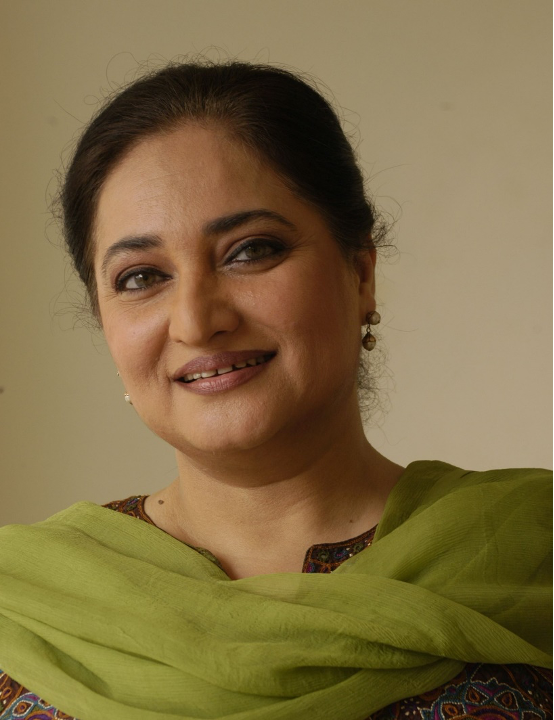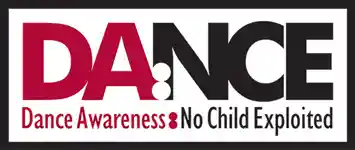Salome’s Dance: A Biblical Examination of the Dangers of Hypersexualized Dancing

For centuries people have been exploited in various ways. Sadly, this includes the hypersexualization of children in dance. What does this mean? This occurs when children are either coerced or encouraged to wear non-age-appropriate costumes, including revealing or sexualized outfits. Another aspect is when the child is made to dance to songs with sexualized lyrics […]
Suzanne’s School of Dance

One of the goals of the DA:NCE is to highlight organizations we feel embody healthy dance. Suzanne’s School of Dance has two locations, both located in College Station, Texas. They are featured on the Healthy DA:NCE Directory. Their motto is “Cultivating a Dance Community Marked by Integrity and Excellence. They seek to provide their students […]
Graceful Balance

Dance has long been a physical, mental and spiritual means for children to develop a healthy lifestyle through performing arts. However, we have seen a steady increase in the hypersexualization of children’s dance performances. Choices for music, choreography and instruction typically advance with the skill set of the dancers. To protect our young dancers from […]
Music, lights, action: The child dancer from India and the unethical expectations of its media

India is a land of dancing- at festivals, festivities and social events. For most young Indians, the initial settings for learning informally, are family settings, especially weddings. The family, a gaggle of aunts, uncles, cousins, second cousins, nieces, nephews, especially grandfathers and grandmothers, as preservers of culture, encourage the younger generation profusely. I remember being […]
Dance Deserves Better

Last September, I hosted a mini conference surrounding the conversation point, “Are Dance Competitions Disrupting the Power and Progress of Dance Education?” Based on my research, the answer is unequivocally yes. You see, in 2020, I wrote an infamous book called Trash the Trophies, which challenged the viewpoint that dance education had to normalize to […]
